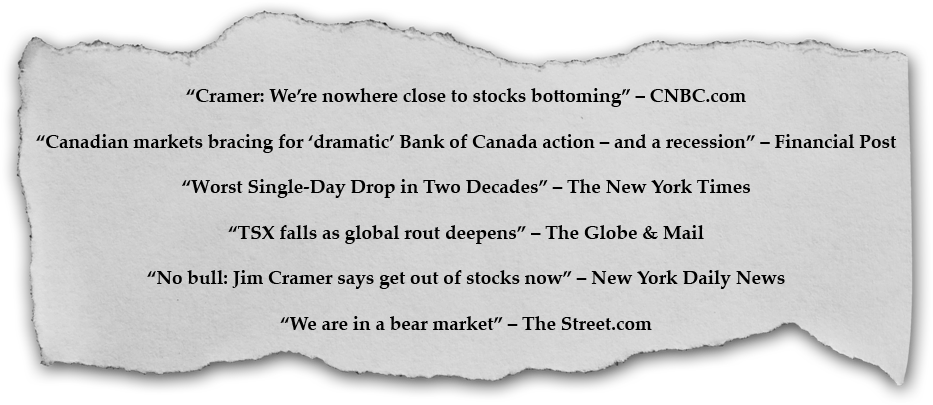Canopy Growth Corp. (TSX:WEED)(NYSE:CGC) just can’t seem to stay out of the news lately, with the company breaking two huge announcements over the past 10 days.
On August 15, Canopy announced plans to expand its existing partnership with alcoholic-beverage maker Constellation Brands (NYSE:STZ) in a deal that will see Constellation boost its ownership stake in Canada’s largest medical marijuana company to 38% following on the heels of the 9.9% stake it initially purchased last October.
On Wednesday Health Canada announced it had granted the grower an amendment to its existing cannabis license that will allow it to add an additional 223,000 square feet of cultivation space at the company’s Smith Falls Campus, bringing its total available capacity to an industry-leading 2.7 million square feet.
But while Constellation’s big bet on the potential of a global cannabis industry certainly turned a lot of eyeballs toward Canada’s soon-to-be-minted cannabis market, I actually think Aphria (TSX:APH) is the more interesting idea, and here’s why.
It’s all relative…
Canadian cannabis stocks have been really hot since about July of last year; some would even say they’ve been “white hot.”
For example, since July Canopy Growth has seen the value of its share price rise by more than 565%, including a 21.9% gain just this past week alone.
Other notable names have also performed extremely well recently.
Aurora Cannabis Inc. (TSX:ACB), Canada’s second largest cannabis company by market capitalization, has gained more than 290% over the same period, including another 23% for the ACB stock this week.
Meanwhile, up-and-comer Cronos Group Inc. has done even better than that over the same stretch, with the value of its stock up 545% since the beginning of July, also including another 31% this week.
But while Aphria had at one point gained as much as 393% between July and January of this year, its shares have given back the majority of those gains since and now sit “just” (using that term extremely loosely of course) 111% above their levels from last summer.
What happened?
Putting it bluntly (pun very much intended), the market has been none-too-pleased with Aphria’s latest spending spree, most notably its $430 purchase of rival Nuuvera.
For Aphria, whose claim to fame up to now has been its achievement of becoming the first cash flow positive grower, an unexpected foray into some pretty aggressive M&A (“mergers and acquisitions”) activity has perhaps understandably mad some shareholders more than a little anxious, even causing some to walk away from the company entirely.
Focusing on the bottom line
But despite fears about the risk of overspending on the Nuuvera deal, Canopy is expected to finish 2019 with production capacity upwards of 250-thousand kilograms.
If you were to figure that based on an average retail price of somewhere between $5 and $7 per gram and a wholesale price perhaps closer to $3 per gram, cannabis producers may end up netting somewhere between $0.50 and $1.00 profits per gram sold, Aphria starts to look like a really interesting opportunity.
Show me the money!
Those estimates imply net profits at the company of somewhere between $125 million and $250 million when all is said and done – perhaps by 2020 or potentially even sooner than that.
And based on Aphria’s current market capitalization of $2.85 billion, that would mean that the company is trading at somewhere between an 11x and 23x price-to-earnings (P/E) multiple, using those same above forecasts.
When you allow some room to consider the potential of what could in just a few years become a much more liberalized global cannabis market – one that could even end up including the United States — those figures start to become very enticing.
After all, as fine as it may be, a company like Dollarama currently trades at a P/E multiple more than 30 times and meanwhile operates in the much more mature and slow growing “bargain bin” retail sector.
So while all may not be in complete agreement with some of the recent decisions made by Aphria’s board of directors, when you boil it all down, it becomes pretty hard to argue with the type of profits that this company could be capable of achieving in the not-so-distant future.
Stay Smart. Stay Hungry. Stay Foolish.








